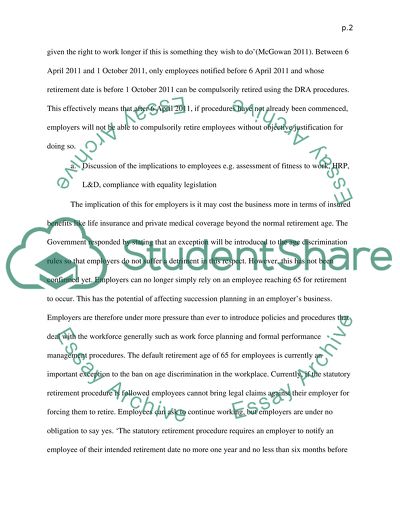Cite this document
(“Investigative Study Essay Example | Topics and Well Written Essays - 2500 words”, n.d.)
Retrieved from https://studentshare.org/environmental-studies/1410238-investigative-study
Retrieved from https://studentshare.org/environmental-studies/1410238-investigative-study
(Investigative Study Essay Example | Topics and Well Written Essays - 2500 Words)
https://studentshare.org/environmental-studies/1410238-investigative-study.
https://studentshare.org/environmental-studies/1410238-investigative-study.
“Investigative Study Essay Example | Topics and Well Written Essays - 2500 Words”, n.d. https://studentshare.org/environmental-studies/1410238-investigative-study.


